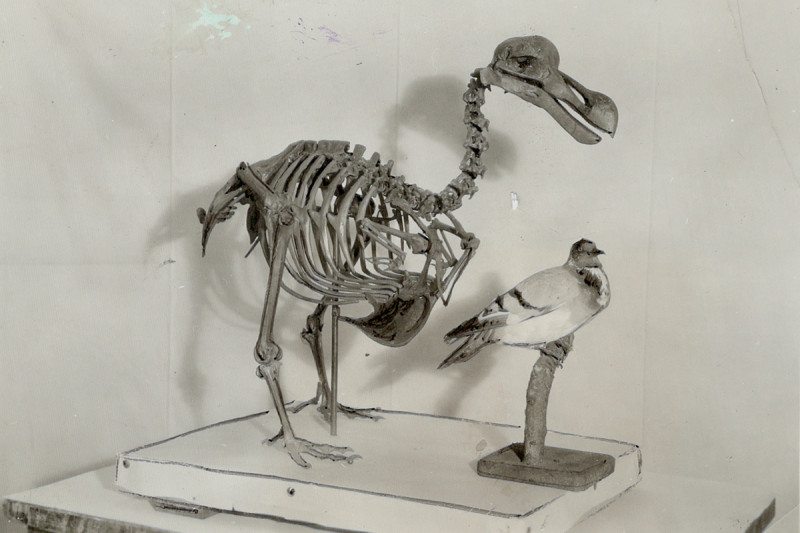
EXTINCT it may be, but the iconic dodo has bounced back from the grave to reveal hitherto-unknown secrets of its lifestyle. For the first time, researchers have pieced together the complete life cycle of these legendary birds.
Dodos were large flightless pigeons that lived on the island of Mauritius, often in swamps and caves. They were wiped out within 100 years after European sailors reached and colonised Mauritius in the sixteenth century.
Contents
When is it too late to save a species? Find our in our expert talk at New Scientist Live in London
“We know so little about these birds that everything was basically a surprise,” says study leader Delphine Angst of the University of Cape Town in South Africa.
Angst found that the dodo’s life cycle evolved to suit the seasonal weather cycles on Mauritius. The challenge was to survive the harsh weather and food shortages of the austral summer, between November and March.
Once through the bad times, the birds began shedding and replacing damaged feathers. “By July, they would have completely new plumage and the next reproduction cycle starts,” says Angst. In August, females began ovulating and laid eggs that hatched in September, allowing the young hatchlings to rapidly grow large enough to survive the next austral summer.
Messages in the bones
Angst and her colleagues worked out the cycle by analysing the structure and composition of 22 bones from 22 dodos. With one exception, all the bones were from the hind legs.
Some of the dodos were juveniles: their bones were unusually rich in fibrolamellar bone, which contains many immature bone cells that can be rapidly deposited, allowing the bird to grow quickly.
Other bones had large cavities that corresponded with the moulting cycle. “To produce new feathers, the birds need extra calcium, and the cavities show they were extracting it from the bones,” says Angst.
Establishing that the birds had a moulting cycle also helps to explain why sailors visiting Mauritius often differed in their descriptions of dodos. “Some report downy black plumage, probably at the beginning of moulting. Some describe a mix of downy plumage and real feathers. And some report dodos covered with real feathers, probably corresponding to birds that had completed the cycle,” says Angst.
The team even identified two bones as female. These bones contained a supplementary tissue called medullary bone, which is a vital source of calcium when making egg shells, and is unique to females.
“It’s very cool that the team was able to identify two individuals in their sample as laying females,” says Helen James, curator of birds at the Smithsonian National Museum of Natural History in Washington DC. “The two female bones were similar in size to the other bones in their sample, which tends to refute an earlier idea that male and female dodo were very different in adult size.”
[“Source-newscientist”]
